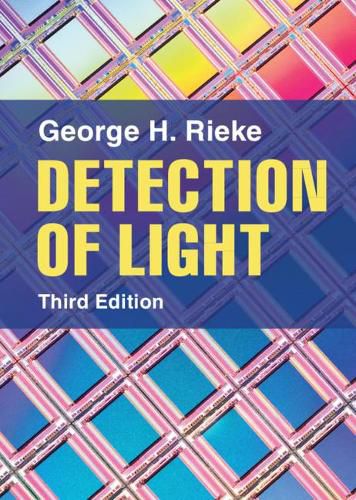Readings Newsletter
Become a Readings Member to make your shopping experience even easier.
Sign in or sign up for free!
You’re not far away from qualifying for FREE standard shipping within Australia
You’ve qualified for FREE standard shipping within Australia
The cart is loading…






The invention and development of advanced methods to detect light underlies much of modern technology. This fully updated and restructured third edition is unique amongst the literature, providing a comprehensive, uniform discussion of a broad range of detection approaches. The material is accessible to a broad range of readers rather than just highly trained specialists, beginning with first principles and developing the relevant physics as it goes. The book emphasizes physical understanding of detector operation, without being a catalog of current examples. It is self-contained but also provides a bridge to more specialized works on specific approaches; each chapter points readers toward the relevant literature. This will provide a broad and lasting understanding of the methods for detecting light that underpin so much of our technology. The book is suitable for advanced undergraduate and graduate students, and will provide a valuable reference for professionals across physics and engineering disciplines.
$9.00 standard shipping within Australia
FREE standard shipping within Australia for orders over $100.00
Express & International shipping calculated at checkout
The invention and development of advanced methods to detect light underlies much of modern technology. This fully updated and restructured third edition is unique amongst the literature, providing a comprehensive, uniform discussion of a broad range of detection approaches. The material is accessible to a broad range of readers rather than just highly trained specialists, beginning with first principles and developing the relevant physics as it goes. The book emphasizes physical understanding of detector operation, without being a catalog of current examples. It is self-contained but also provides a bridge to more specialized works on specific approaches; each chapter points readers toward the relevant literature. This will provide a broad and lasting understanding of the methods for detecting light that underpin so much of our technology. The book is suitable for advanced undergraduate and graduate students, and will provide a valuable reference for professionals across physics and engineering disciplines.